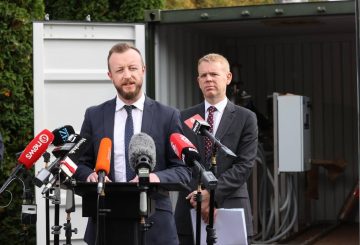12の学校団体と幼児教育団体が集まり、クリストファー・ルクソン首相に対し、無料の学校給食プログラム「Ka Ora Ka Ako」への資金提供を継続するよう要請しました。さまざまな学校、校長、教師組合、幼児教育協会を含む団体は、このプログラムは不可欠であると考えています。
このプログラムは現在、恵まれない学校約1,000校の23万人の生徒に昼食を提供しており、食糧貧困や栄養不良に対する大きなセーフティネットとなっています。調査によると、お金がないために食事を欠席した学生は、決して食事を逃さない学生と比較して、学習期間が2〜4年遅れています。
しかし、デイビッド・シーモア副教育相は、この制度への資金は削減できる可能性があると指摘しています。同氏は、このプログラムが子どもたちの学業成績や出席率を向上させるという確固たる証拠はないと考えている。2019年に労働党政府によって導入されたこのプログラムは、年間約3億2,500万ドルの費用をかけて、22万人以上の学生に食事を提供しています。
昨年、前政権がこのプログラムへの資金提供を承認したのは、財務省が「Ka Ora Ka Ako」の評価では健康上の利点は示されたが、教育上の利点はほとんどないと勧告したためです。保健連合(Health Coalition)のアオテアロアはこの計画を擁護し、このプログラムの評価は2021年に実施されたが、地域社会における新型コロナウイルスやその他の疾病の高レベルが原因で、学生の出席率が史上最低に達したと指摘している。




























































